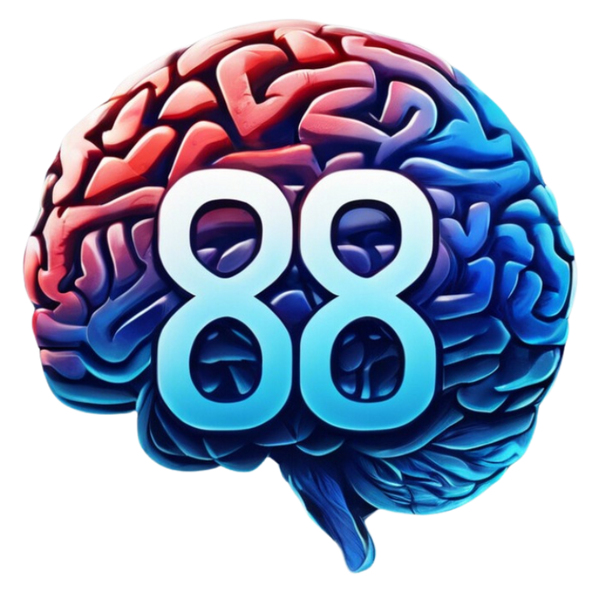Training bag
Objective Titles for Training Programs and Kits Design
Objective Titles for Training Programs and Kits Design
The bag includes the following files :
- Power Point presentation slides
- Word Instructor's Manual
- Trainee Note ( Word )
- Word worksheets
- Introductory guide to the Word bag
- Pre-test and post-test Word
- Word training course
- evaluation form
All files are open and editable
Overall goal:
Equip organizations with the knowledge and tools to design and develop impactful training programs and kits that drive positive change within their workforce.
Detailed Objectives: Upon completion of the program, trainees are expected to be able to
Designing and Developing Training Programs and Kits: A Comprehensive Guide
Introduction
In today's rapidly changing world, organizations are constantly seeking to enhance the skills and knowledge of their employees to remain competitive and achieve their goals. Effective training programs and kits play a crucial role in this endeavor, providing a structured and engaging platform for learning and development.
This comprehensive guide will delve into the intricacies of designing and developing training programs and kits, empowering you to create impactful learning experiences that drive positive change within your organization.
Chapter 1: Understanding Training Programs and Kits
1.1 Defining Training Programs and Kits:
- Training programs: Structured series of learning activities aimed at imparting knowledge, skills, and attitudes to participants.
- Training kits: Comprehensive packages of training materials, including lesson plans, handouts, exercises, and assessment tools.
1.2 Significance of Training Programs and Kits:
- Enhance employee performance and productivity
- Improve organizational efficiency and effectiveness
- Foster a culture of learning and continuous improvement
- Promote innovation and adaptability in a dynamic environment
1.3 Objectives of Training Programs and Kits:
- Address specific training needs identified within the organization
- Align with organizational goals and strategies
- Equip participants with the necessary skills and knowledge to perform their jobs effectively
- Facilitate personal and professional development of employees
Chapter 2: Identifying Training Needs
2.1 Importance of Needs Assessment:
- Determines the specific training requirements of employees or departments
- Ensures that training programs are targeted and relevant
- Maximizes the return on investment (ROI) of training initiatives
2.2 Methods for Identifying Training Needs:
- Performance analysis: Evaluating employee performance against established standards
- Task analysis: Breaking down jobs into their component tasks and identifying skills gaps
- Surveys and questionnaires: Gathering input from employees, managers, and customers
- Focus groups and interviews: Conducting in-depth discussions to understand training needs
2.3 Factors to Consider When Identifying Training Needs:
- Organizational goals and objectives
- Current and future job requirements
- Employee skills and knowledge gaps
- Technological advancements and industry trends
- Budgetary constraints and resource availability
Chapter 3: Designing Effective Training Programs
3.1 Establishing Training Goals and Objectives:
- Define clear and measurable learning outcomes
- Align goals with organizational needs and employee development plans
- Ensure that goals are achievable and within the scope of the training program
3.2 Selecting Appropriate Training Methods:
- Consider the learning style preferences of the target audience
- Choose methods that align with the training goals and objectives
- Utilize a variety of methods to create a dynamic and engaging learning experience
3.3 Structuring the Training Program:
- Develop a logical sequence of learning activities
- Allocate sufficient time for each topic and activity
- Incorporate breaks and opportunities for practice and application
3.4 Developing Training Materials:
- Create clear, concise, and easy-to-understand content
- Utilize a variety of media formats, such as text, images, videos, and interactive elements
- Ensure that materials are relevant to the target audience and the training goals
Chapter 4: Crafting Engaging Training Kits
4.1 Components of a Comprehensive Training Kit:
- Detailed lesson plans outlining the training agenda and activities
- Handouts and supporting materials for each session
- Practical exercises and case studies to reinforce learning
- Assessment tools to evaluate participant understanding
4.2 Designing User-Friendly Training Kits:
- Organize materials in a logical and accessible manner
- Use clear headings, bullet points, and visuals to enhance readability
- Consider providing digital and print versions of the kit
4.3 Ensuring Kit Relevance and Effectiveness:
- Align kit contents with the training program goals and objectives
- Tailor materials to the specific needs and learning styles of the target audience
- Regularly update and revise the kit to reflect changes in industry standards and best practices
Chapter 5: Implementing and Evaluating Training Programs
5.1 Preparing for Training Delivery:
- Select and train qualified trainers
- Arrange suitable training facilities and equipment
- Communicate training details to participants in advance
5.2 Delivering Effective Training:
- Create a positive and supportive learning environment
- Engage participants actively throughout the training
- Adapt teaching methods to cater to individual learning needs
5.3 Evaluating Training Effectiveness:
- Utilize pre- and post-training assessments to measure knowledge gain
- Gather feedback from participants through surveys and focus groups
- Monitor employee performance and identify areas for further training
Conclusion
Designing and developing effective training programs and kits is an essential aspect of organizational success. By following the comprehensive guidelines outlined in this guide, you can create impactful learning experiences that empower your employees, enhance organizational performance,



